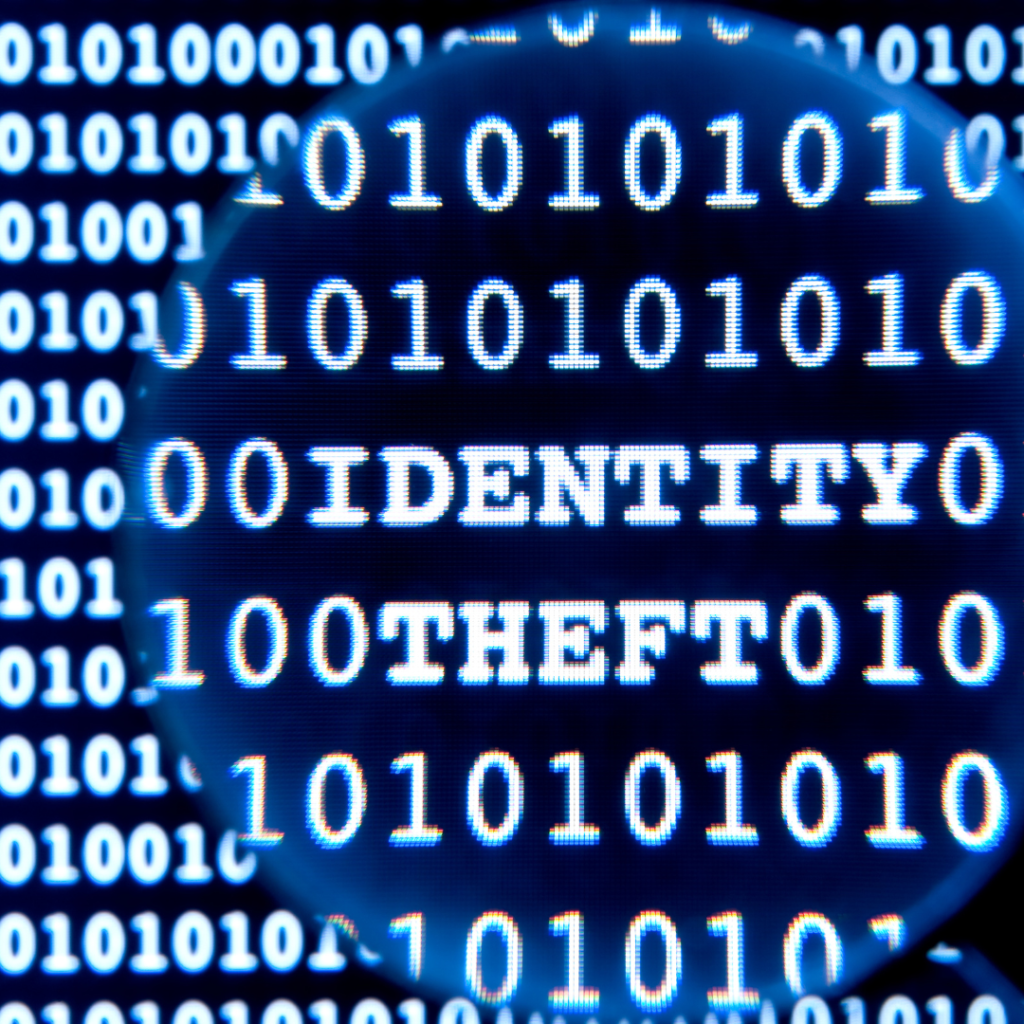How Bank Fraud and Identity Theft Disrupt Your Financial Life How Financial Life Disruption Happens Through Fraud Financial life disruption is a growing concern for individuals affected by fraud and identity theft. In today’s digital world, a single breach can result in months—or even years—of recovery. Victims not only lose money but also face long-term consequences that impact every part of their financial well-being. The Rise of Bank Fraud: Understanding the Crime Bank fraud is a broad term used to describe various illegal activities aimed at accessing a person’s or a bank’s financial resources without authorization. Criminals use multiple methods to deceive banks, businesses, and individuals into giving up money, data, or assets. Whether it’s through phishing schemes, credit card fraud, or loan misrepresentation, the consequences of bank fraud are devastating. Some of the most common forms of bank fraud include: Phishing Scams: Fraudsters impersonate legitimate financial institutions or businesses to trick you into disclosing sensitive information such as passwords, Social Security numbers, or credit card details. Fake Checks: Counterfeit checks or altered checks are used to withdraw funds from bank accounts, sometimes without the account holder’s knowledge. Account Takeover: Criminals gain unauthorized access to a person’s bank account by acquiring login details, then transfer funds or make unauthorized transactions. Loan Fraud: Providing false information to secure loans or lines of credit without intending to repay them. How Identity Theft Plays a Key Role in Bank Fraud One of the most harmful forms of bank fraud involves identity theft. Criminals steal personal information, such as your Social Security number, bank account details, or credit card numbers, to commit fraud under your name. Identity theft can occur through various methods, including data breaches, phishing, or physical theft of personal documents. Once criminals have access to your information, they can take out loans, apply for credit, or empty your bank accounts without your knowledge. The consequences of identity theft can be devastating. It often takes victims months, or even years, to fully resolve the issues caused by identity theft. This process can include disputing fraudulent charges, correcting credit reports, and dealing with the emotional toll of having personal information stolen. The Ripple Effects of Bank Fraud and Identity Theft The impact of these financial crimes goes beyond just losing money. For victims of identity theft, the repercussions can be felt long after the crime has been detected. Victims may face: Damaged Credit: Unauthorized loans or credit card applications can significantly lower your credit score, making it harder to secure loans or mortgages in the future. Emotional Distress: The process of recovering from identity theft can cause anxiety, stress, and a sense of violation. Financial Setbacks: Beyond the immediate financial losses, victims may face higher interest rates, increased insurance premiums, and other financial penalties as a result of their compromised identity. For businesses and banks, fraud can lead to costly investigations, damaged reputations, and financial losses. The long-term impact of fraud can affect their relationships with customers and lead to a loss of trust. How to Safeguard Your Financial Information While it’s impossible to eliminate all risks, there are several measures you can take to reduce your vulnerability to bank fraud and identity theft: Use Strong, Unique Passwords: Avoid reusing passwords across different accounts, and use complex combinations of letters, numbers, and symbols. Enable Two-Factor Authentication (2FA): Add an extra layer of security to your accounts by requiring a secondary authentication method (like a code sent to your phone) in addition to your password. Beware of Phishing Attempts: Always be cautious when receiving unsolicited emails, calls, or texts requesting personal information. If you suspect fraud, contact the institution directly. Monitor Your Bank Statements: Regularly review your account transactions to catch any unauthorized activity early on. Shred Sensitive Documents: Destroy old credit card statements, tax documents, and any other papers that contain personal or financial information. What Can Governments and Banks Do? While individuals must take steps to protect their data, governments and banks also play a key role in reducing fraud. Regulatory bodies are continually strengthening consumer protection laws, while financial institutions are investing in technology to detect and prevent fraud. Banks are incorporating AI-powered fraud detection systems and biometric security measures like facial recognition and fingerprint scanning to ensure that unauthorized users cannot access accounts. Conclusion: The Ongoing Battle Against Fraud The threat of bank fraud and identity theft is a growing concern in our increasingly digital world. While technology has made banking more accessible, it has also provided new opportunities for criminals to exploit vulnerabilities. However, with proper precautions, education, and vigilance, individuals can minimize their risk and protect their financial security. By understanding the threats, monitoring your accounts, and using secure practices, you can defend yourself against these dangerous crimes. For additional resources on protecting your identity and preventing fraud, visit trusted organizations such as the Federal Trade Commission (FTC) and the Identity Theft Resource Center (ITRC).










